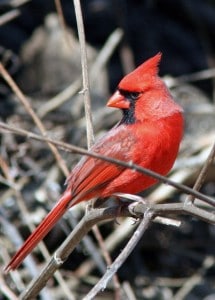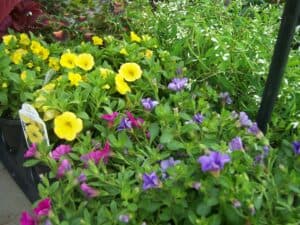
(Chelsea Update would like to thank Jennifer Fairfield of The Garden Mill for the information in this column. The first part of this column ran yesterday.)
Keep birdfeeders filled
Keep birdfeeders filled at this time of year, as natural sources of food are getting scarce by now. It’s especially important after a big snowfall, since their food sources are all covered at the oment.
Besides, it’s fun watching them as they gather around your feeders.
Also keep bird baths full and thawed, so that your birds have a good supply of fresh drinking water. A heated birdbath or a deicer in your birdbath are perfect for this purpose. On days when it’s just too cold (or snowy) to even think about doing anything outdoors, there’s still plenty to do inside.
Inside tasks
Clean and sharpen your tools, if you didn’t do this in the fall, so that they are ready to get to work when you are.
Go through seeds leftover from last year – many of them will still be perfectly fine for planting this year. Once you’ve figured out what you have, determine what you need and go get it.
If you wait too long, you may not get the varieties you want. And going through the seed packs at your favorite garden store is a great way to forget about winter for a little while.
If you are going to start plants indoors this year, make sure you have everything you need – seed starting mix, pots, working lights, heating mats, etc. It’s no fun finding out you’re missing a critical element when you are ready to get started.
What plants can you start now?
Though most vegetable and herb plants don’t get started indoors until March, rosemary is one plant to start now, since it takes quite a while to germinate and then grow to a suitable size for transplanting outside.
Starting perennial flowers indoors this month also gives them more time to get to transplanting size, and makes them more likely to bloom the first year. It’s also a great way to save money, as seeds and soil generally cost a lot less than perennial plants.
Be sure to clean out any previously used pots you want to use for repotting of house plants or for outdoor container gardening. Disinfecting your pots before using them again ensures that they are not harboring any harmful bacteria. Do this task now so your pots will be ready to use when you’re ready for them. Use a 1-to-9 ratio of bleach to water and a wire brush to be sure to get all the leftover dirt, and then thoroughly rinse the pots to get rid of the bleach.



















